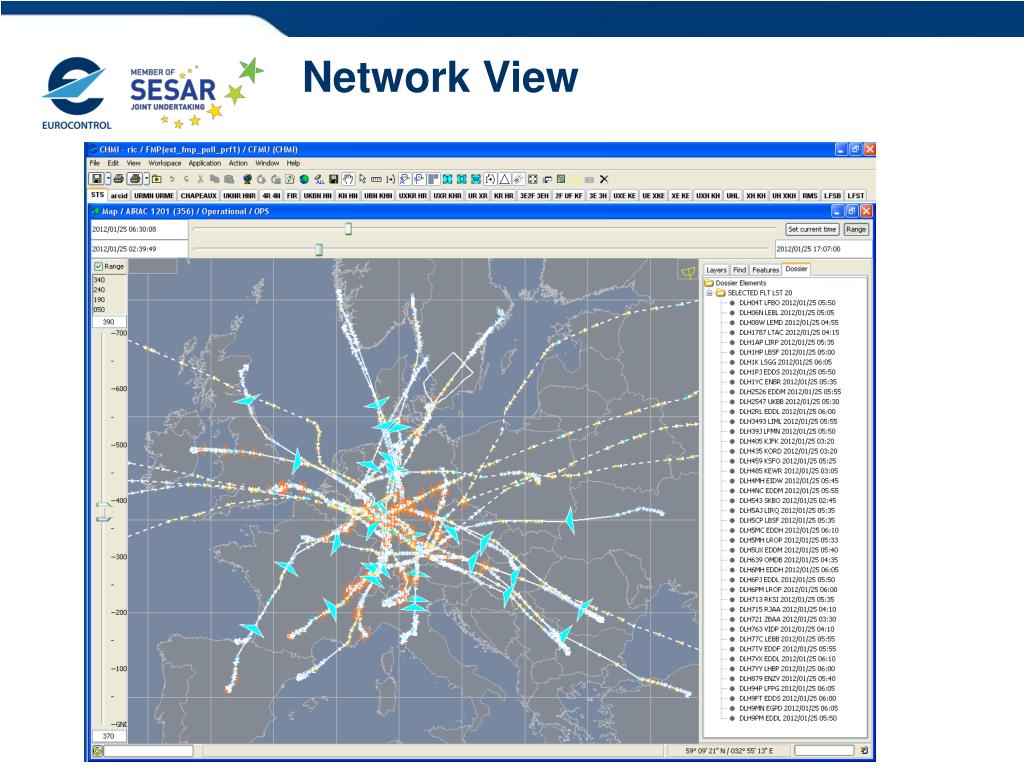

Here, we report the complete biosynthetic potential within the Bacillus subtilis group species to explore the distribution of the biosynthetic gene clusters and to provide an exhaustive phylogenetic conservation of secondary metabolite production supporting the chemodiversity of Bacilli. subtilis metabolites, this has not yet been systematically reported for the group. However, while there are studies examining the distribution of well-known B. subtilis species complex are commonly recognized producers of secondary metabolites, among those the production of antifungals makes them promising biocontrol strains.

Our results highlight the importance of detailed analysis of BGCs and the remarkable phylogenetically conserved errodation of secondary metabolite biosynthetic potential in the B. Uniquely, we discovered that partial deletion of BGCs and frameshift mutations in selected biosynthetic genes are conserved within phylogenetically related isolates, although isolated from around the globe. Our detailed analysis revealed multiple GCFs that are species or clade specific and few others that are scattered within or between species, which will guide exploration of the chemodiversity within the B. Further, we analyzed variations in the BGC structure of particular families encoding for natural products such as plipastatin, fengycin, iturin, mycosubtilin and bacillomycin. This allowed us to establish patterns in distribution for both known and unknown products. subtilis group and assigned them to defined gene cluster families (GCFs). Here, we examined the inter- and intraspecies patterns of absence/presence for all BGCs identified with antiSMASH 5.0 in 310 genomes from the B. Understanding the phylogeny and distribution of BGCs helps us to predict natural product synthesis ability of new isolates. Biosynthetic gene clusters (BGCs) responsible for the production of these secondary metabolites are readily identifiable on the genome sequence of bacteria. Microbes produce a plethora of secondary metabolites that although not essential for primary metabolism benefit them to survive in the environment, communicate, and influence differentiation.


 0 kommentar(er)
0 kommentar(er)
